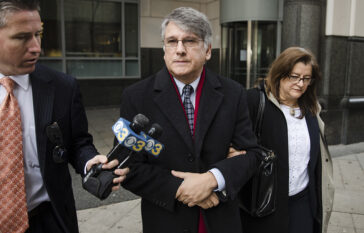July 02, 2021
Best of the States
A photographer’s unique vision merges past and present for front-line nurses
With the U.S. slowly emerging from COVID-19, it might be easy to assume that the pandemic will soon be in the past, but for many, particularly health care workers, the trauma of what they experienced while caring for deathly sick patients will be with them for years to come.
To capture the idea that the past can be part of the present, Los Angeles photographer Jae Hong focused on intensive care nurses at a Southern California hospital who had taken care of extremely ill COVID patients and, despite all efforts, had lost many. That ward closed this spring, but the memories endure for these nurses.
Hong’s approach called for a photo technique not typically used in reporting the news: He made multiple exposure portraits of 10 of the nurses in the hospital, resulting in haunting images that show each nurse both in the photo, the present, and seemingly somewhere else in the past.
Accompanied by revealing interviews, the piece played widely in the U.S. and beyond, and attracted attention on social media.
For arresting, interpretive photography that evokes the lingering effects of the pandemic on these front-line medical workers, Hong earns this week’s Best of the States award.



















